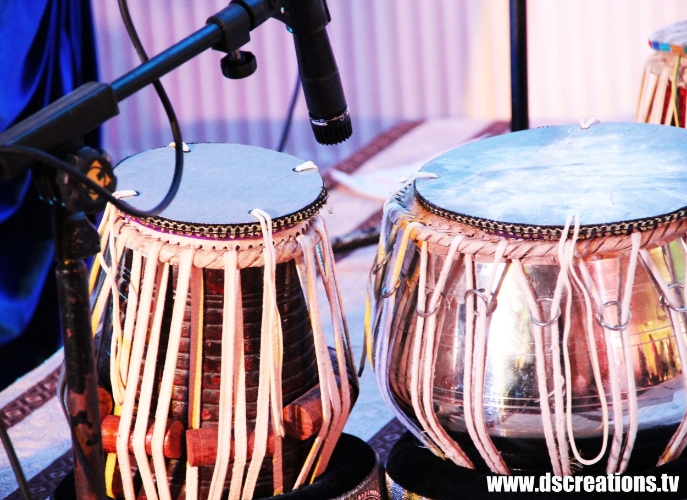This short documentary offers a little snapshot of the Hola Mahalla festival. If you have the privilege of attending be careful of where you stand - you don't want to be in the path of galloping horses!!!
This video and write up are part of an ongoing series exploring Hola Mahalla and the Sikh diaspora. Footage from the Hola Mahalla documentary has been used for this short documentary.
Hola Mahalla is a little known Sikh festival that takes place annually, in India with an estimated attendance of over a million people travelling to see the week long festival. Dubbed the Sikh Olympics, it involves sword fights, daring horse stunts and a dab of spiritualism that are with an ever decreasing number of nomadic Sikhs.
The festival was established in the 17th century in Anandpur Sahib, the 'City of Bliss'. It is celebrated during the Indian month of Chet, which falls in spring during either March or April.
Initiated by Guru Gobind Singh (the tenth Sikh Guru), Hola Mohalla, which means ‘mock fight’, was used to ensure Sikhs were spiritually and physically ready for battle. The festival was an integral part of Sikh and Punjabi culture in India, encouraging Sikhs to come together to maintain their martial skills and participate in spiritualism. Traditionally the festival held such importance that all Sikhs were required to attend and those who did not were assumed to have merged with God.These days people attend the festival to witness two distinct activities the Sikh martial art of Gatka and the horse stunts that vary from a basic level to advanced. For example standing on a horse whilst it is stationary. It is said that this technique was used in the past during battles. Senior officials such as generals of the enemy would be on elephants and Sikhs would attempt to climb up the giant animal by standing on their own horse.
The more skilled Nihangs have developed this technique further and utilised it whilst riding two horses. The riders are stood on each horse with their bare feet and either hold the reins in their hands or in between their teeth. Its all quite dangerous especially when spectators try to get a closer look and stand in the path of galloping horses!!!



















